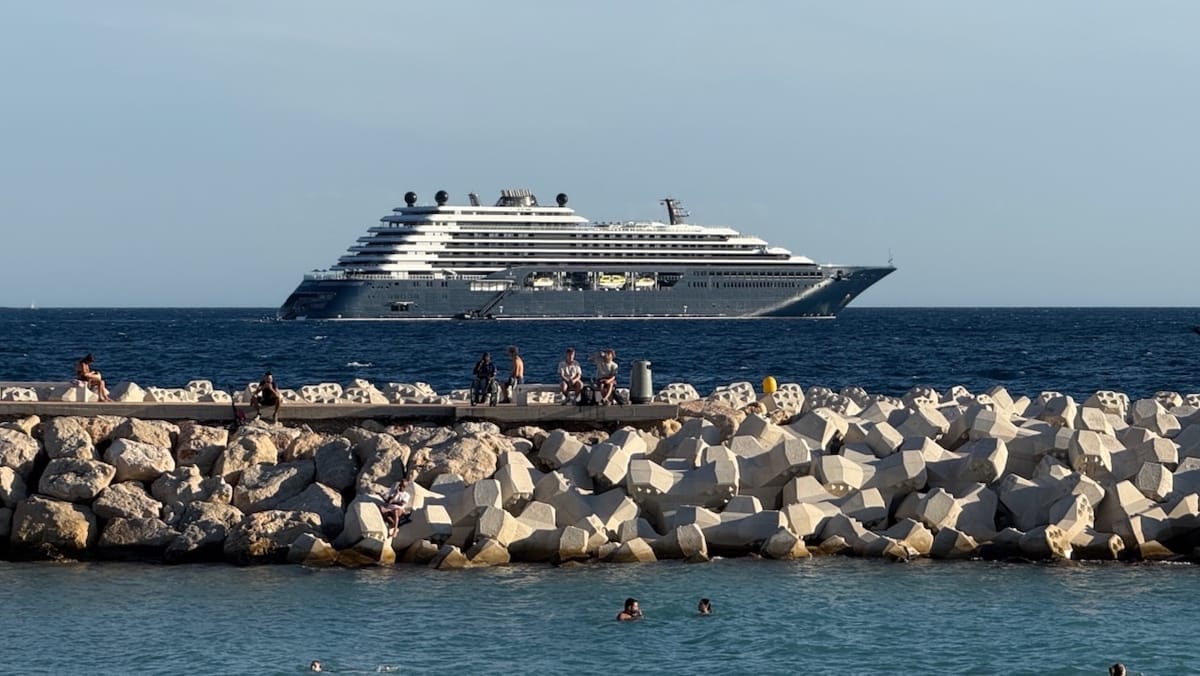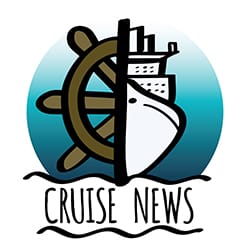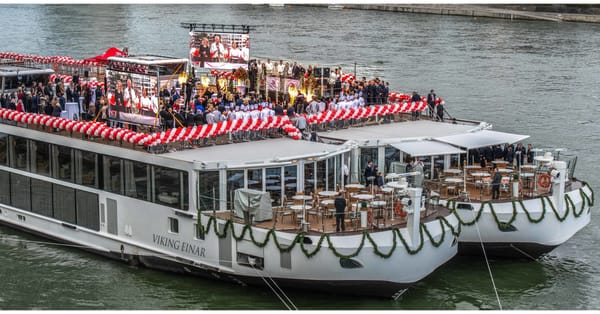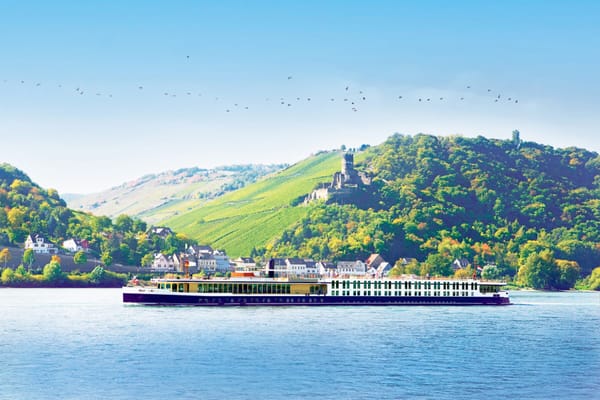French Riviera Imposes Passenger Limits, Tighter Rules on Cruise Ships
The new rules reflect growing efforts to manage cruise tourism’s impact on the French Riviera, aiming to protect local communities and fragile coastal environments while supporting the regional economy.

French authorities have announced sweeping new regulations to govern cruise ship activity along the Côte d'Azur, including ports such as Cannes, Nice, and Villefranche-sur-Mer, as part of a broader effort to balance tourism revenue, environmental sustainability, and local quality of life. The regional prefect for Alpes-Maritimes, Laurent Hottiaux, and Maritime Prefect for the Mediterranean, Christophe Lucas, finalized the measures on October 10, 2025, after months of consultations involving municipal leaders, business groups, port authorities, and the Cruise Lines International Association (CLIA). The proposals will be subject to a 21-day public consultation period before implementation begins gradually in 2026.
Passenger Limits and Seasonal Caps
One of the central components of the regulation features strict limits on the number of passengers and ships visiting Riviera ports. Cruise ships carrying more than 1,300 passengers will be restricted to one port call per day at any destination along the Riviera. Beyond daily limits, during the peak summer season of July and August, each port will be capped at 15 ship calls per month.
Passenger disembarkation limits aim to further control congestion. An annual average of 2,000 passengers will be allowed ashore per ship call, with an absolute limit of 3,000 passengers. These adjustments are expected to significantly affect large cruise vessels such as Norwegian Epic (4,070 passengers) and Celebrity Equinox (2,852 passengers), along with others operated by Norwegian Cruise Line, Celebrity Cruises, and Holland America Line.
Environmental Controls and Pollution Triggers
Addressing long-standing environmental concerns, the regulations introduce robust mechanisms to manage air pollution from cruise ships. In cases where abnormal smoke emissions are detected, port officials can mandate immediate emissions reduction measures. A more severe "Level 2" alert allows authorities to cancel stopovers and require ships to relocate at least three nautical miles offshore to limit their impact.
Additionally, priority will be given to ships adhering to the sustainable Cruise in the Mediterranean charter, which emphasizes cleaner fuel use and advanced emissions controls. Adopted in 2025, this charter seeks to encourage more sustainable practices among operators while aligning with regional environmental goals.
Balancing Local Concerns and Economic Impacts
The decision to introduce region-wide regulations followed discord over unilateral actions taken by local governments. Earlier in 2025, Nice Mayor Christian Estrosi attempted to enforce a ban on ships carrying over 2,500 passengers, leading to a high-profile incident where he confronted Voyager of the Seas directly in the Bay of Cannes. A French court later overturned such local measures, ruling that only the Alpes-Maritimes prefecture held jurisdiction over maritime regulations.
While the new policies aim to curb congestion and mitigate environmental strain, officials emphasize continuity in tourism operations and business. "I took this subject in hand because there were only fragile and disorderly initiatives," Prefect Hottiaux told Le Figaro. "This is an unprecedented approach justified by the very specific aspect of welcoming cruises in the department."
Changes to Cruise Planning
The framework introduces unique challenges for cruise operators, particularly those relying on anchor stops offshore due to limited berthing facilities in Cannes, Villefranche-sur-Mer, and other towns along the Riviera. Industry representatives and port agents will need to adapt operations to align itineraries with passenger limits, seasonal caps, and sustainability commitments. Ships scheduled to call multiple Riviera ports within the peak months of July and August could face tighter scheduling constraints or reduced passenger capacities.
Authorities have signaled a phased implementation of the rules beginning in 2026, recognizing that many port calls are booked up to two years in advance. Existing bookings made before the announcement may proceed under prior terms until the new measures are fully enforced.
Frequently Asked Questions (FAQs)
What are the maximum passenger limits under the new regulations?
Cruise ships can disembark an annual average of 2,000 passengers per call, with an absolute ceiling of 3,000. Additionally, ships carrying over 1,300 passengers are limited to one daily call per port.
How do summer caps affect ship visits?
During the peak season of July and August, only 15 cruise ships per month will be permitted per port. This restriction complements the daily passenger and ship limits.
What actions can authorities take during pollution emergencies?
If a Level 1 alert occurs, ships must reduce emissions within three nautical miles of shore. Under a Level 2 alert, scheduled stopovers may be canceled entirely, and vessels must relocate farther offshore.
Do the regulations apply to all vessels in the region?
No, the rules target cruise ships exclusively and do not apply to scheduled cruise ferries operating services from Riviera ports.
When will the restrictions take effect?
Following a mandatory 21-day public consultation period, the new measures will roll out gradually starting in 2026 to accommodate long-lead bookings made by cruise lines.
Will ships following sustainability guidelines get preferential treatment?
Yes. Vessels adhering to the 2025 Cruise in the Mediterranean charter will receive docking priority due to their commitments to cleaner fuel use and enhanced emission management.
Why was Nice's previous attempt to ban cruise ships overturned?
A French court ruled that municipal bans lacked jurisdiction, establishing that only the Alpes-Maritimes prefecture and maritime prefecture could issue binding restrictions for ports and anchorage zones along the coastline.




